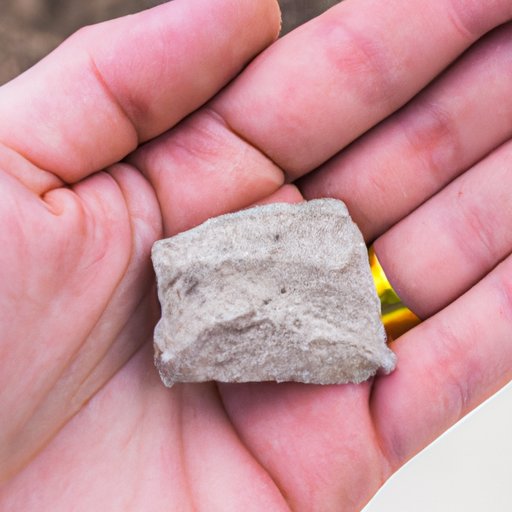Introduction
Rare earth minerals are a set of seventeen elements that are found in varying concentrations across the earth’s crust. They are often referred to as “strategic metals” due to their unique properties and wide range of applications. These minerals are essential for the production of modern technologies such as smartphones, electric cars, lasers, and medical equipment.
The unique qualities of rare earth minerals make them highly sought after by manufacturers. These minerals have a wide variety of electrical and magnetic properties, making them useful for many different types of products. They also have low toxicity, making them safer to use than some other materials.
A Beginner’s Guide to Rare Earth Mineral Mining
The first step in accessing these minerals is mining them from the earth. This is done using a variety of techniques, depending on the type of mineral being extracted. Some of the most common methods include open-pit mining, underground mining, and hydraulic fracturing.
Mining for rare earth minerals can be very damaging to the environment. The activities involved in this process release toxic substances into the air and water, which can cause long-term health problems and ecological damage. In addition, the process of extracting these minerals can destroy natural habitats and reduce biodiversity.

The Impact of Rare Earth Mineral Production on the Global Economy
The demand for rare earth minerals has increased significantly over the last decade as more companies look to incorporate them into their products. This has led to a surge in global production, with China currently accounting for around 70% of the world’s supply.
However, this increase in production has come with its own set of challenges. As the demand for rare earth minerals grows, so does the cost, which can make it difficult for smaller companies to compete in the marketplace. Additionally, there is a risk of environmental damage due to unregulated mining practices.

Uncovering the Mysteries of Rare Earth Mineral Chemistry
The chemical composition of rare earth minerals is complex and diverse. Each element has its own unique properties that can be used for various applications. For example, neodymium is used in magnets for industrial machinery, cerium is used in catalysts for fuel cells, and lanthanum is used in camera lenses.
These elements are also used in a wide range of medical treatments. For instance, gadolinium is used in MRI scans to detect cancer, dysprosium is used in radiation therapy to treat cancer, and yttrium is used in chemotherapy to treat certain types of tumors.
What Are the Benefits of Using Rare Earth Minerals?
The unique properties of rare earth minerals make them ideal for a variety of applications. They are used in a wide range of technologies, from solar panels to wind turbines to medical imaging devices. They are also used in a variety of consumer products, such as smartphones, televisions, and computers.
In addition to their practical applications, rare earth minerals are also beneficial for the environment. They are non-toxic and can be recycled, making them a sustainable choice for manufacturers.

Examining the Impact of Rare Earth Mineral Use on the Environment
While rare earth minerals can be beneficial to the environment, they can also have negative effects if not managed properly. Mining for these minerals can release toxic substances into the air and water, leading to long-term health problems and ecological damage.
In order to minimize these risks, governments and corporations must work together to ensure that mining activities are conducted responsibly. This includes investing in improved technologies that reduce the environmental impact of mining, such as closed-loop systems that capture and recycle waste materials.
Exploring the Future of Rare Earth Mineral Technology
Researchers around the world are continuing to explore the potential of rare earth minerals. Scientists are working to develop new technologies that utilize these minerals, such as batteries for electric vehicles and advanced medical treatments.
In addition, researchers are looking for ways to replace rare earth minerals with less expensive and more environmentally friendly materials. This could potentially reduce the cost of producing products that use these minerals, making them more accessible to consumers.
Conclusion
Rare earth minerals are an essential component of modern technology, with a wide range of applications in industries ranging from energy production to medical treatments. However, these minerals can be costly and difficult to access, and their use can have negative environmental consequences if not managed properly.
In order to maximize the benefits of rare earth mineral use, it is important to continue researching new technologies that utilize these minerals while minimizing the environmental impact. By doing so, we can ensure that these valuable minerals remain accessible and sustainable for future generations.
(Note: Is this article not meeting your expectations? Do you have knowledge or insights to share? Unlock new opportunities and expand your reach by joining our authors team. Click Registration to join us and share your expertise with our readers.)
